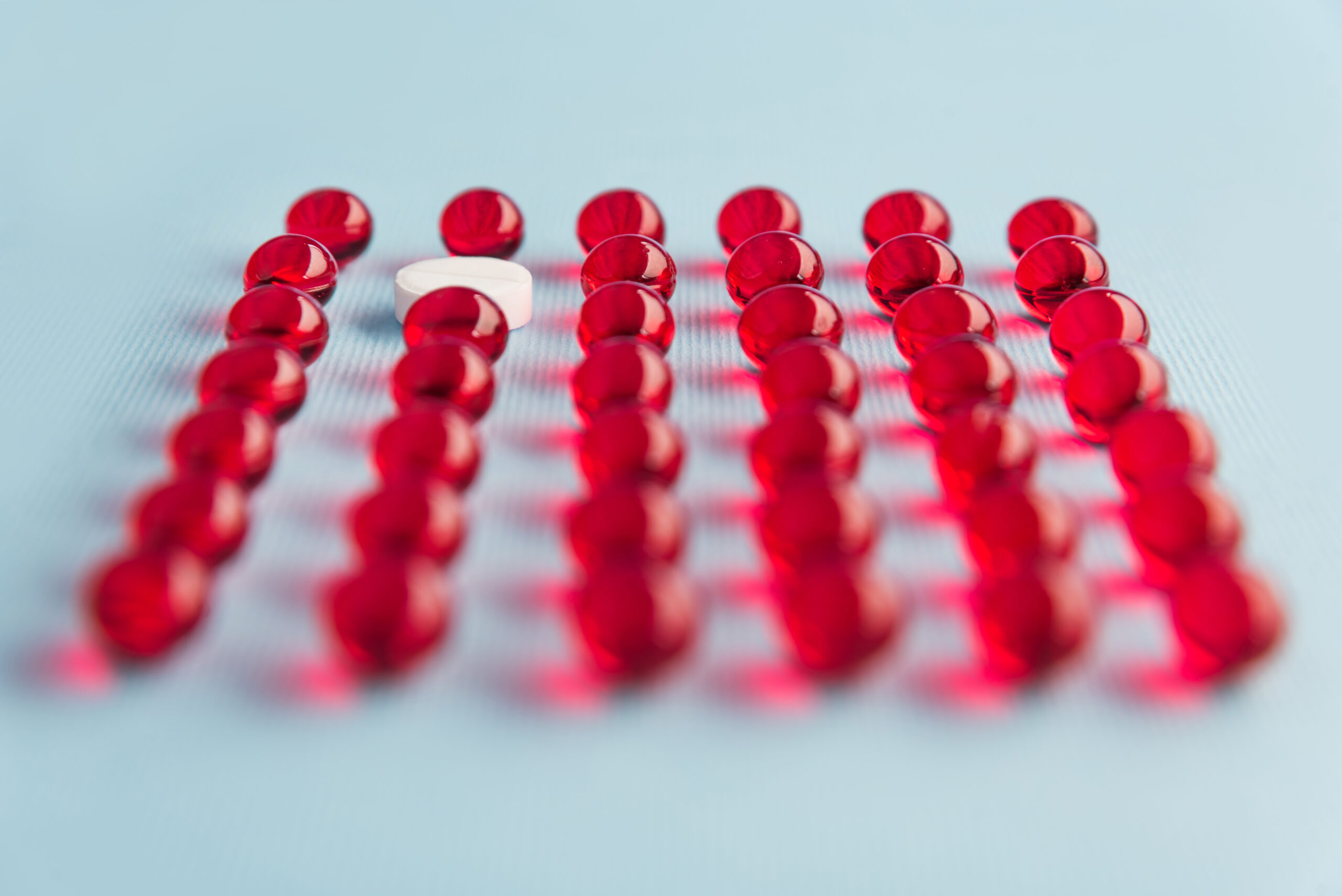Most people have heard of testosterone, but do you truly understand what this vital hormone does and why it’s essential? Let’s explore why testosterone is so important, what can happen if you suffer from testosterone deficiency, and most importantly, what you can do if you’re dealing with low testosterone levels in New York.
What Is Testosterone?
Testosterone is a hormone found in both men and women, but it occurs in much higher levels in men. This is because testosterone is the primary androgen hormone, essential for the development of male characteristics.
One common question people ask is whether testosterone is a steroid. While natural testosterone is a form of steroid due to its role in increasing muscle mass, it shouldn’t be confused with anabolic steroids. Anabolic steroids are synthetic versions of testosterone and are sometimes injected by athletes and bodybuilders to boost muscle growth and physical performance. However, these synthetic steroids are not recommended, can cause health problems, and are banned in regulated sports events.
Synthetic testosterone is also used in hormone therapy for transgender individuals, but more on that later.
What Does Testosterone Do?
Testosterone plays different roles depending on the stage of life. During pregnancy, the Y chromosome prompts the development of the testes, which then produce testosterone, triggering the growth of reproductive organs.
In adolescence, testosterone levels rise, leading to physical changes such as increased height, body hair growth (including pubic hair), enlargement of the penis and testes, and the production of sperm, all while boosting sexual drive.
Testosterone remains just as crucial in adult males. It’s well-known for enhancing libido and playing a significant role in sexual function. However, many don’t realize that testosterone is also essential for red blood cell production, bone strength, and maintaining muscle mass.
While testosterone is vital for men, women also produce testosterone, and it supports the growth, maintenance, and repair of female reproductive tissues, bone mass, and contributes to libido.
How Is Testosterone Produced in the Body?
Testosterone is produced in several parts of the body, with the testes being the primary source for men. However, the production of testosterone relies on the pituitary gland in the brain, which releases two important hormones: follicle-stimulating hormone (FSH) and luteinizing hormone (LH). FSH controls sperm production, while LH stimulates testosterone production.
Around 95% of testosterone in adult men is produced in the testes, with the remaining 5% generated by the adrenal glands.
For women, most testosterone is produced by the ovaries, with approximately 5% coming from the adrenal glands.
What Are Normal Testosterone Levels?
Testosterone levels fluctuate with age. For adult males, normal testosterone levels typically range from 10 to 35 nanomoles per liter (nmol/L). Testosterone levels tend to peak between 20-25 years of age, after which they decline at a rate of 1-2% per year.
Common Causes of Low Testosterone Levels?
For most men, the decline in testosterone is a natural part of aging. However, certain factors can accelerate this process and increase the risk of testosterone deficiency, including:
- Medications, such as chemotherapy used for certain cancers
- Testicular injuries, like a trapped testicle or crush injury
- Issues with the pituitary gland or hypothalamus, which help control hormone production
- Low thyroid function
- Obesity
- Poorly managed or uncontrolled Type 2 diabetes
- Obstructive sleep apnea
- Chronic conditions like kidney dysfunction
- HIV/AIDS
Signs and Symptoms of Low Testosterone
How can you tell if you’re experiencing low testosterone? Since testosterone levels decrease gradually over time, it’s easy to miss the signs, especially in New York where the busy pace of life can distract from these changes. However, some common symptoms of testosterone deficiency include:
- Loss of sex drive
- Sexual dysfunction, such as trouble achieving or maintaining an erection or difficulty reaching climax
- Sleep disturbances, such as insomnia
- Increased body fat and loss of muscle strength
- Weakened bones
- Low mood or depression
- Difficulty concentrating
Men with low testosterone may also have a lower sperm count, though this can only be confirmed with fertility testing.
Can Women Experience Low Testosterone?
Although women produce testosterone in much smaller amounts, they can also experience testosterone deficiency. When women’s testosterone levels drop, they may experience symptoms similar to those in men, such as:
- Low sex drive
- Decreased bone strength, increasing the risk of fractures and osteoporosis
- Low energy and mood changes
- Reduced vaginal lubrication
- Thinning hair
It’s important to note that higher-than-normal testosterone levels in women can be associated with conditions like Polycystic Ovary Syndrome (PCOS), which may affect fertility.
Diagnosing Low Testosterone
To diagnose testosterone deficiency, your healthcare provider will first discuss your symptoms with you. These symptoms can vary from person to person, so it’s important to mention any issues with sexual function, muscle mass, sleep, and libido. The next step will be testing your testosterone levels, which is usually done through a simple blood test.
Treatments for Low Testosterone
Low testosterone is common, but if it’s causing significant symptoms, treatment may be necessary. Testosterone therapy—often called testosterone replacement therapy (TRT)—involves introducing artificial testosterone into the body to raise testosterone levels.
Various testosterone therapy methods include:
- Skin patches worn on the arm or upper body
- Mouth patches that adhere to the upper gums
- Gels that absorb through the skin
- Testosterone injections
- Testosterone pellets implanted into the body’s soft tissues
Testosterone therapy is considered an effective way to restore testosterone levels and address the symptoms of low testosterone, such as low libido and erectile dysfunction.
Are Testosterone Supplements Safe?
Many people are cautious about supplements, and testosterone therapy is no exception. While all medications can have side effects, most people undergoing testosterone replacement therapy experience few or no issues. The most common side effects arise from taking incorrect dosages. Some individuals might take excessive amounts, hoping for faster results, but this can lead to health complications.
Side effects from incorrect dosages can include:
- Acne
- Sleep apnea
- Swelling of breast tissue or ankles
- Increased red blood cell count
- Reduced sperm production or testicle shrinkage
Testosterone Therapy for Transgender People
Testosterone is also used in gender-affirming treatments for transgender men. Trans men, who have biologically female characteristics, use testosterone to develop male physical traits. This therapy helps align their physical appearance with their gender identity.
Testosterone therapy for trans men can lead to changes like:
- Increased body hair
- Increased muscle mass
- Redistribution of body fat, shifting from the hips to the abdomen
- Broadening of the chest and shoulders
- Deepening of the voice
- Stopping or reducing menstruation
Testosterone plays a crucial role in the overall health of both men and women. Although it’s natural for testosterone levels to decline with age, when testosterone deficiency causes uncomfortable symptoms, treatment can be beneficial. If you’re experiencing signs of low testosterone, or if you’re a transgender man seeking to align your body with your gender identity, testosterone therapy may be the solution.
If you have concerns or questions about testosterone levels and treatment options, consult a healthcare professional to explore the best path forward.



